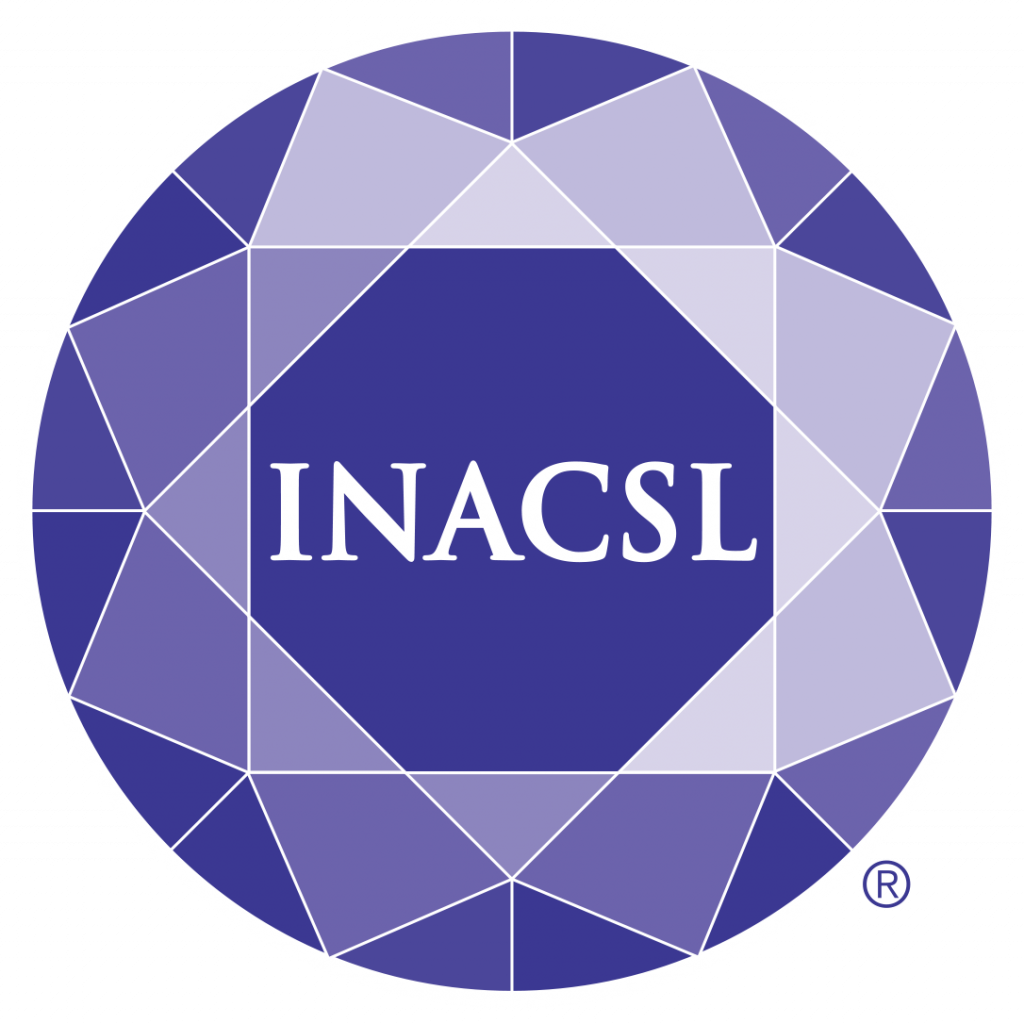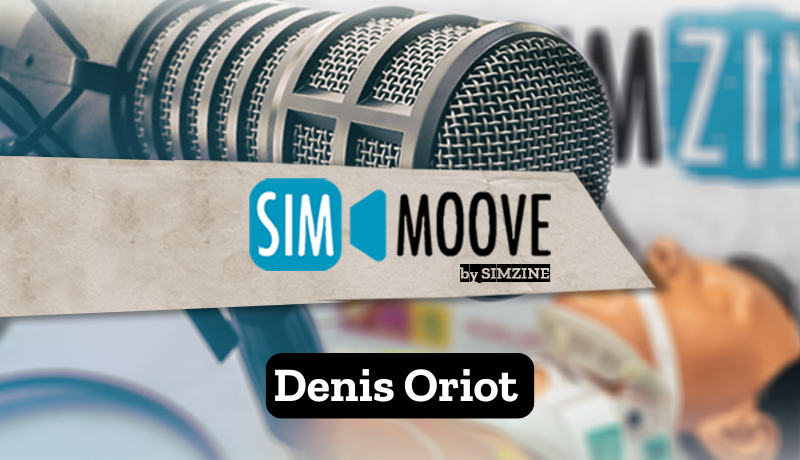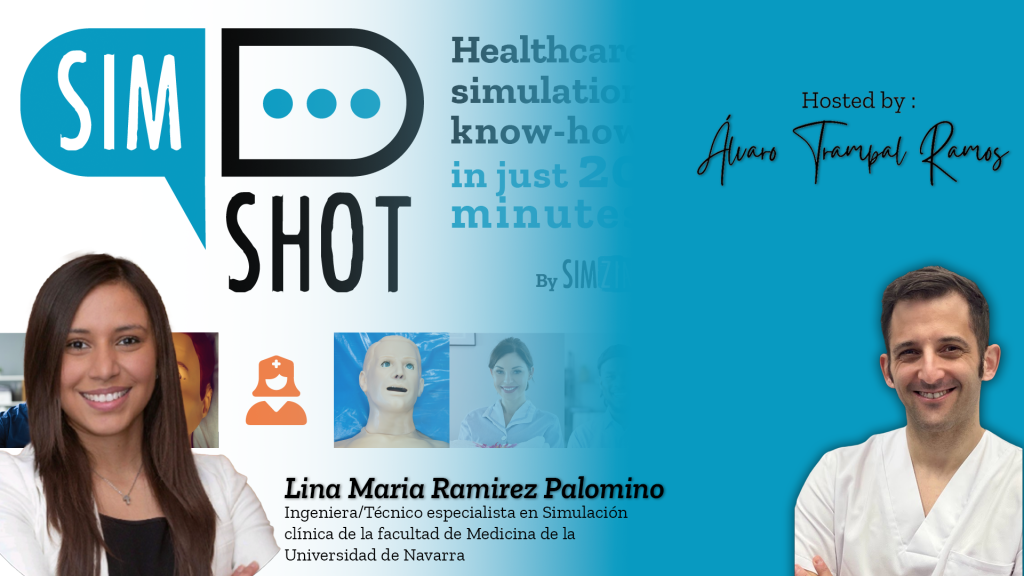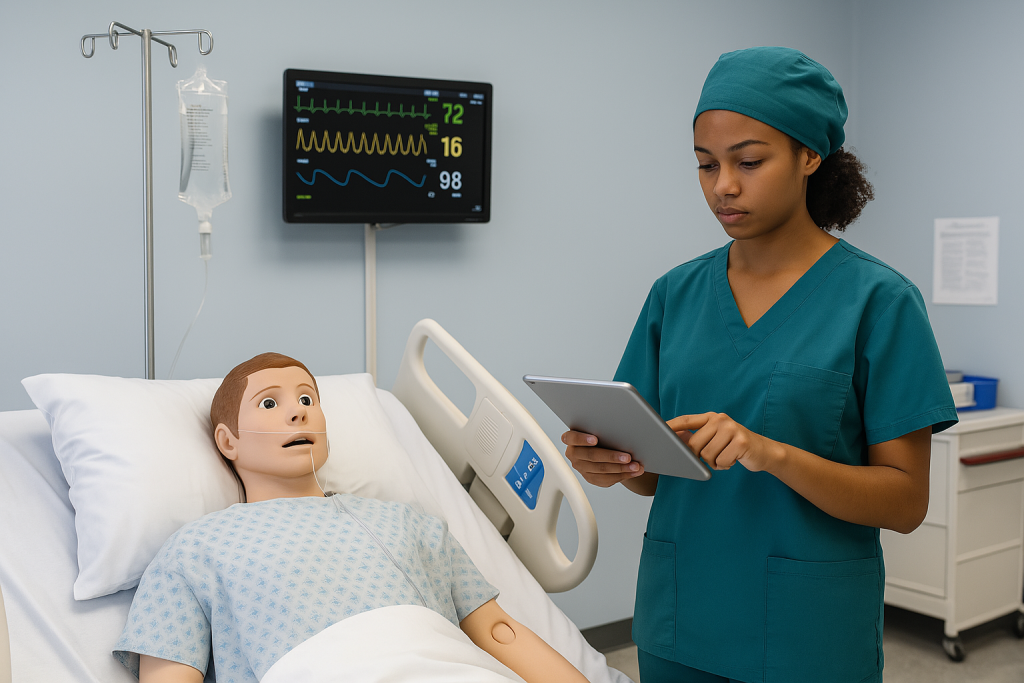Funding is vital for simulation centers, which rely on institutional or external sources. Centers must maximize efficiency, reuse supplies, and repurpose equipment to stretch budgets. Additional funding can come from donations, internal institutional support, or external grants. Implementing these strategies helps manage limited funds and enhance purchasing power, ensuring program sustainability.
Exclusive partnership with

Funding is essential for a simulation center’s success and positive learner outcomes. Simulation centers for internal users are typically funded by the institution, while centers developed for external users rely on funding from external sources. Regardless of the source, funding is limited, so all simulation centers must consider how to maximize purchasing power to survive.
Working With What You Have
Efficiency
Simulation centers can strengthen their purchasing power by analyzing how they operate. This analysis can aid in shoring up waste or identifying additional funding needs. Valuable information, such as the use of supplies, equipment, and human capital, can be tracked through reports, supply lists, and schedules. These data can be analyzed, but only if they are collected. Developing a plan for collecting and reviewing this information is therefore vital to maximize efficiency.
Reusability
Reusing supplies and equipment can reduce the financial burden of sustaining simulation programs. Some products that are one-time use in clinical practice may be recycled in a simulation center. Examples of reusable items include intravenous (IV) tubing, simulated medications, syringes, or oxygen delivery devices. Packaging materials to create the appearance of new products can be purchased at a fraction of the cost of new medical supplies. When opting to reuse supplies, it is wise to consider the impact of the recycled item within the experience and whether it conflicts with learning objectives.
Thinking Outside the Box
Repurposing equipment and supplies saves money which extends purchasing power. A stretcher serves multiple purposes, from moving manikins to serving as an exam table for outpatient scenarios. Earbuds and an open phone connection between a standardized patient and facilitator is an effective communication strategy that replaces expensive, single-use audio equipment.
Buying from nontraditional sources is another money-saving strategy. An infant scale for a maternity simulation may cost hundreds of dollars from a simulation equipment vendor, but a suitable alternative may sell for a fraction of the cost from online retail sellers.
Identifying Additional Resources of Funding
Donations
A creative way to offset costs and stretch purchasing power is to seek out donations from other users of clinical supplies. Local organizations, such as hospitals or health agencies, may have expired items that can no longer be used for patient care. Expired needles, sutures, or urinary catheter kits can still be used in simulation and reduce reorders for new supplies. Also, ask organizations if retired equipment is available. Policies should be in place to reflect the use of expired donations and be in place to ensure they are not available for human use.
Internal Funding
Institutional leadership can provide a significant portion of a simulation program’s funding. Institutional funding should cover costs for annual staffing, supplies, and equipment maintenance (Caldaza, 2023). If an institution has a practice plan for healthcare providers, internal funding can be obtained by offering credentialing opportunities at a fee for various procedures such as, but not limited to central line placement, arterial line placement, thoracentesis, lumbar puncture (Allen, 2022). These credentialing services can also be offered to local hospitals and clinics.
External Funding
Grant funding is a great way to support a simulation program. Government-supported grant sources exist at the local, state or territory, and federal levels. Entities that provide grant assistance include local health departments, non-profit organizations, hospital associations, boards of regents, and federal agencies. Preparing a grant, regardless of the funding agency, can be time intensive, but very rewarding when funding is achieved for a simulation program.
Another source of external funding may be realized through revenue-generating efforts. Neighboring organizations may not have adequate resources to offer specialized training that your simulation center can provide. These courses may be added to your simulation center’s calendar to offset operating costs. Consider leasing access to groups who need a clinical environment for video production. Weekend or nighttime shooting will not interfere with existing schedules and will take advantage of the downtime of a simulation center.
Conclusion
Operating a simulation center requires financial support. Despite funding constraints, there are strategies to increase efficiency, reduce expenses, and even find additional funds. Employing strategies in these three areas will make the most of a limited operating budget and enhance a simulation center’s purchasing power.
References
Allen, J. (2022). Credentialing for common bedside procedures. https://hospitalmedicaldirector.com/credentialling-for-common-bedside-procedures/
Caldaza, J. (2023). In J.C. Maxworthy, C. Epps, Y. Okuda, M.E. Mancini, & J.C. Palaganas (Eds.), Defining excellence in simulation programs (2nd. Ed., pp. 496- 512). Lippincott Williams & Wilkins.
Sylogist, Ltd. (2020). 7 Ways to Efficiently Manage Grants with Fund Accounting. https://www.sylogist.com/post/7-ways-to-efficiently-manage-grants-with-fund-accounting
READ ALSO








































